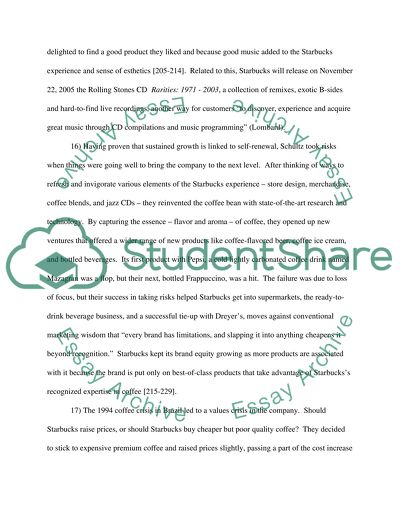Cite this document
(“Building Starbucks as a company Essay Example | Topics and Well Written Essays - 1250 words”, n.d.)
Retrieved from https://studentshare.org/marketing/1535242-building-starbucks-as-a-company
Retrieved from https://studentshare.org/marketing/1535242-building-starbucks-as-a-company
(Building Starbucks As a Company Essay Example | Topics and Well Written Essays - 1250 Words)
https://studentshare.org/marketing/1535242-building-starbucks-as-a-company.
https://studentshare.org/marketing/1535242-building-starbucks-as-a-company.
“Building Starbucks As a Company Essay Example | Topics and Well Written Essays - 1250 Words”, n.d. https://studentshare.org/marketing/1535242-building-starbucks-as-a-company.


